As soccer coaches and professionals, it is crucial to understand the common injuries that can occur on the field. In this blog post, we will explore the most prevalent injuries in soccer and provide valuable insights into preventing these injuries from happening. Additionally, we'll discuss effective rehabilitation and recovery strategies that can help players get back on their feet as soon as possible. Whether you're a seasoned coach or a passionate player, this information will prove invaluable for ensuring safety and performance on the soccer pitch.
Common Injuries in Soccer
Proper warm-up exercises and strengthening routines for the ankle can help prevent common soccer injuries like ankle sprains.
1. Ankle Sprains
- Ankle sprains are common in soccer due to quick changes in direction and uneven playing surfaces.
- The most vulnerable ligament is the anterior talofibular ligament (ATFL), often injured during a sudden inversion of the ankle.
2. Hamstring Strains
Hamstring strains are common injuries in soccer that can sideline players for weeks. These injuries occur when the muscles at the back of the thigh are stretched or torn. They can be caused by sudden movements, overstretching, or inadequate warm-up. Hamstring strains require proper treatment and rehabilitation to prevent re-injury and long-term complications.
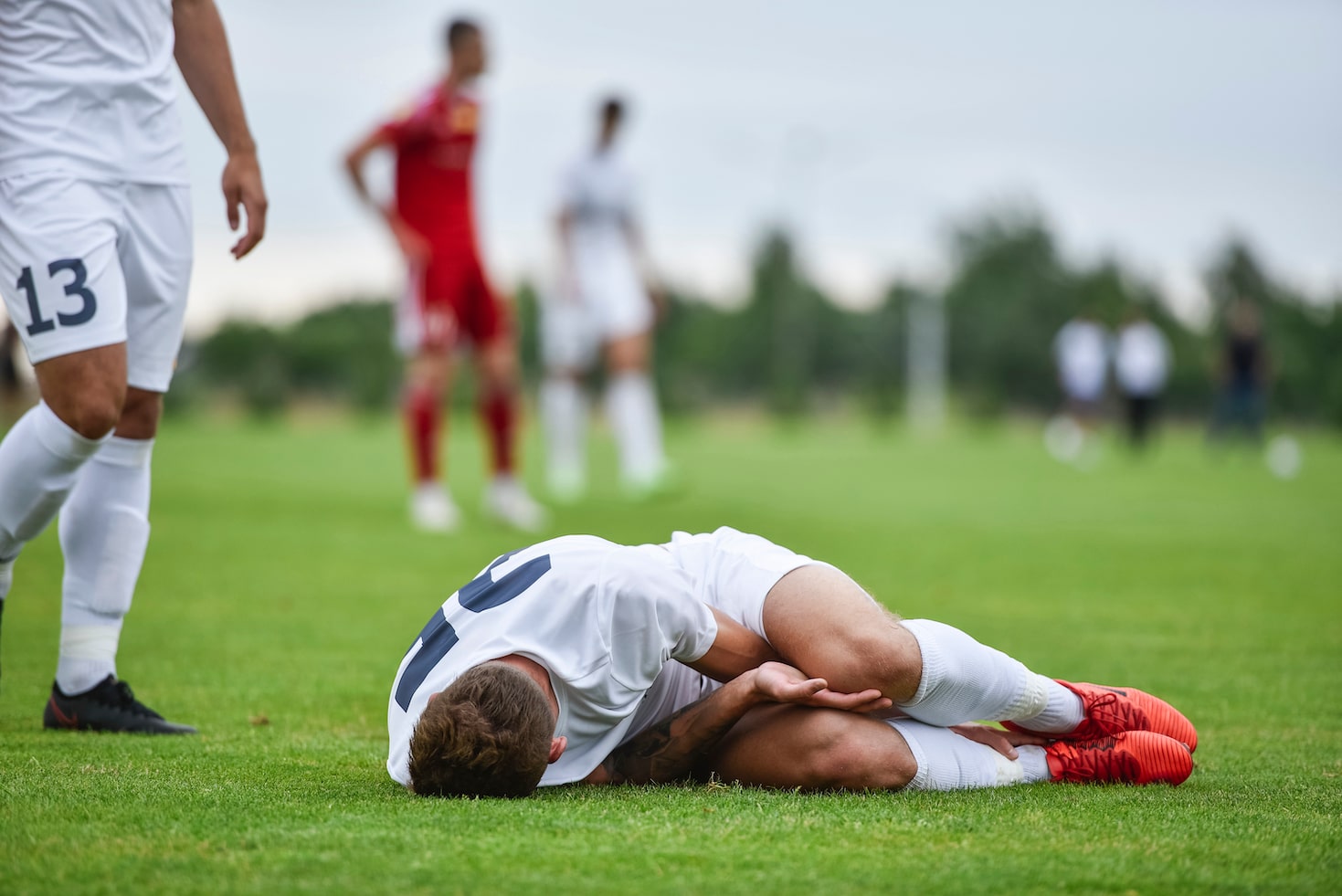
- Symptoms of hamstring strain include pain, swelling, and difficulty in moving the leg.
- Resting, icing, compression, and elevation (RICE) is an initial treatment for acute hamstring strains.
- Physical therapy exercises help strengthen the hamstrings and promote flexibility.
- Gradual return to sports activities should be supervised to avoid re-injury.
- Risk factors for hamstring strains include previous injuries, tightness in other muscle groups like calves or Achilles tendons.
3. ACL Tears
ACL tears are a common and significant injury in soccer. This type of injury occurs when the anterior cruciate ligament (ACL) in the knee is stretched or torn, often during quick changes in direction or sudden stops. The recovery process can be lengthy, requiring surgical intervention and extensive rehabilitation to regain strength and stability in the knee.
Achilles tendonitis is another injury that can affect soccer players. This condition involves inflammation of the Achilles tendon, which connects the calf muscles to the heel bone. Overuse, improper footwear, and lack of stretching can contribute to this painful condition. Proper warm-up exercises and maintaining flexibility are key preventative measures for avoiding Achilles tendonitis.
4. Concussions
Concussions are a serious concern in soccer and can result from head-to-head collisions or falls. These brain injuries can lead to symptoms such as dizziness, confusion, and memory loss. It is important for players to receive appropriate medical attention and follow the necessary steps for recovery before returning to play.
In addition to common lower body injuries like ankle sprains and calf strains, concussions pose a significant risk in soccer. Coaches should prioritize player safety by educating themselves on concussion protocols and ensuring that players are well-informed about the signs and symptoms of these injuries. Prompt recognition and proper management can help prevent long-term complications associated with concussions.
5. Groin Injuries
Groin pulls can be common in soccer and can significantly impact a player's performance. These injuries often result from sudden changes in direction or quick movements, putting strain on the groin muscles. It is important for coaches to be aware of these types of injuries and provide proper training and conditioning techniques to prevent them.
- Symptoms include pain and tenderness in the groin area
- Common causes are overuse, muscle imbalances, or poor technique
- Treatment may involve rest, ice therapy, stretching exercises, and physical therapy
Preventing Injuries in Soccer
1. Incorporate dynamic warm-up exercises into your soccer training sessions to prevent injuries. These exercises, such as high knees and lunges, help increase blood flow and prepare the muscles for intense physical activity.
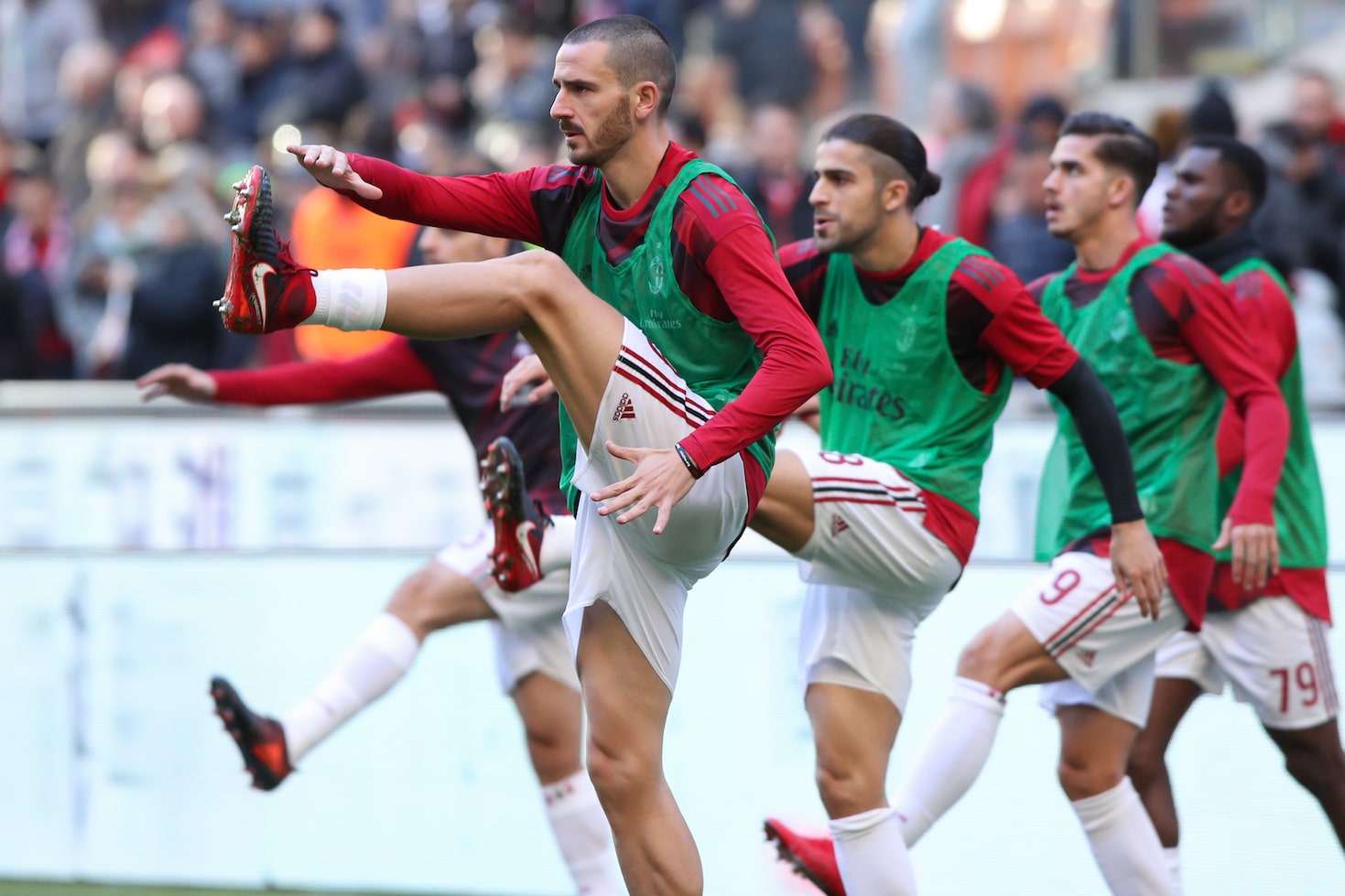
2. Focus on strengthening key muscle groups through targeted exercises like squats and planks. Strong muscles provide better support and stability, reducing the risk of common soccer injuries like sprains or strains.
3. Emphasize proper technique and form during training drills to minimize the risk of injuries in soccer players. Coaches should pay attention to players' body mechanics, ensuring they use correct posture, footwork, and tackling techniques.
4. Allow adequate rest and recovery time between training sessions to prevent overuse injuries. Players need time for their bodies to heal and regenerate after strenuous workouts or matches.
5. Educate players about proper nutrition and hydration strategies to support their overall health and injury prevention efforts in soccer. A well-balanced diet rich in nutrients can enhance performance while staying properly hydrated helps prevent muscle cramps, fatigue, or heat-related illnesses during intense play.
1. Warm-Up Exercises
Proper warm-up exercises are essential for preventing injuries in soccer players. Incorporating dynamic stretches, such as high knees and lunges with twists, helps to increase blood flow and improve flexibility. Additionally, including agility drills like ladder runs and cone drills can enhance coordination and prepare the body for the demands of the game.
Warm-Up Exercises: Before diving into intense training or a match, it is crucial to prioritize warm-up exercises that target all major muscle groups involved in soccer movements. A combination of jogging, side shuffles, and skipping can effectively raise heart rate while activating muscles. These exercises not only reduce the risk of injury but also enhance performance by improving overall mobility and range of motion on the field.
2. Strengthening Exercises
1. Squats with medicine ball: Stand with your feet shoulder-width apart and hold a medicine ball close to your chest. Lower into a squat position, keeping your back straight and knees aligned over your toes. Push through your heels to return to the starting position.
2. Single-leg deadlifts: Stand on one leg, holding a dumbbell in the opposite hand. Keeping your back flat, hinge forward at the hips while raising the non-standing leg behind you for balance. Return to standing position by squeezing glutes and engaging core muscles.
3. Proper Technique and Form
Proper technique and form are crucial in preventing injuries in soccer. Players should focus on maintaining proper body alignment, especially during high-intensity movements like sprinting and changing direction. Coaches should emphasize the importance of balanced weight distribution, keeping the core engaged, and using proper footwork techniques to reduce the risk of strains or sprains. Additionally, players must be taught how to tackle or challenge for a ball correctly to avoid unnecessary collisions that can lead to more severe injuries such as concussions.
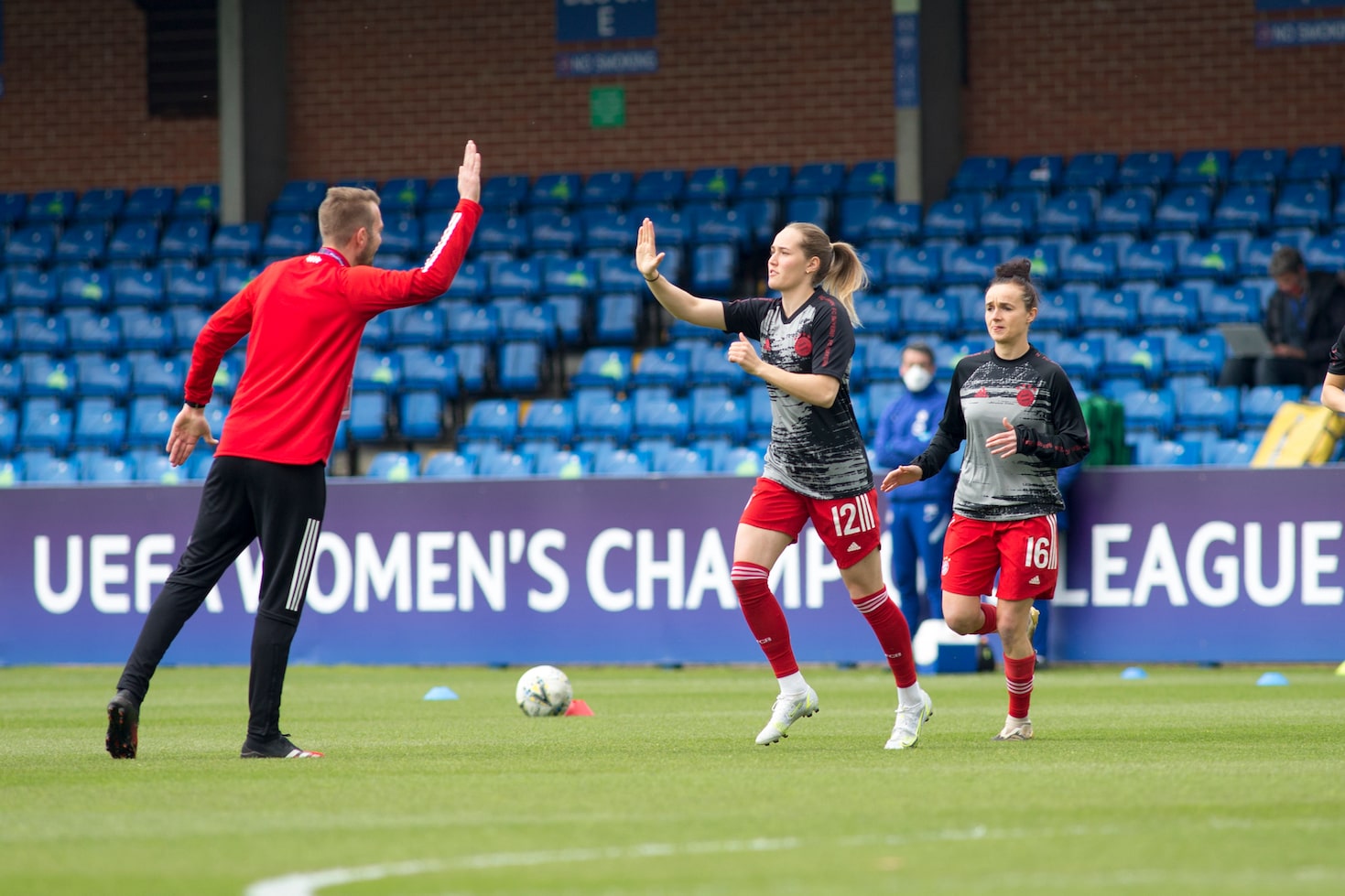
Maintaining good posture is another key aspect of proper technique and form in soccer. Players should keep their heads up while dribbling or passing the ball to maintain awareness of their surroundings and prevent neck strain. They should also learn how to land safely after jumping or heading a ball by bending their knees slightly upon impact. By instilling these principles into players' training routines, coaches can help minimize the occurrence of common soccer injuries related to poor technique and form.
4. Rest and Recovery
Rest and recovery are crucial for preventing injuries in soccer. Fatigue can increase the risk of muscle strains, sprains, and other injuries. Players should prioritize getting enough sleep and taking regular rest days to allow their bodies to repair and recharge. Additionally, implementing active recovery strategies such as light stretching or low-impact exercises can help improve blood flow and reduce muscle soreness after intense training or matches.
5. Nutrition and Hydration
Proper nutrition and hydration are essential for preventing injuries and promoting optimal performance in soccer players. Here are some key points to consider:
- Hydration: Encourage players to stay hydrated before, during, and after training sessions or matches. Provide access to water breaks at regular intervals.
- Balanced diet: Ensure that players consume a balanced diet consisting of carbohydrates, proteins, healthy fats, vitamins, and minerals. Emphasize the importance of whole foods rather than relying on processed or sugary snacks.
- Pre-game fuel: Prioritize pre-game meals that include complex carbohydrates for sustained energy release. Avoid heavy meals too close to game time.
- Post-game recovery: Encourage players to replenish their glycogen stores with a combination of carbohydrates and protein within 30 minutes of completing intense exercise.
By focusing on proper nutrition and hydration, coaches can help reduce the risk of injuries while enhancing the overall performance of soccer players.
Rehabilitation and Recovery
1. Physical therapy plays a crucial role in the rehabilitation of soccer injuries, helping players regain strength, mobility, and flexibility through targeted exercises and techniques.
2. The RICE method (Rest, Ice, Compression, Elevation) is an effective approach for reducing swelling and promoting healing after a soccer injury. This simple yet powerful technique can be easily incorporated into the initial stages of recovery.
1. Physical Therapy
Physical Therapy plays a crucial role in the rehabilitation of soccer injuries. It focuses on restoring strength, flexibility, and mobility to injured players through targeted exercises and techniques. Some key aspects of physical therapy in soccer include:
- Injury assessment and diagnosis
- Therapeutic exercises to improve range of motion and strengthen muscles
- Manual therapy techniques such as massage and joint mobilization
- Modalities like ultrasound or electrical stimulation for pain relief
- Sport-specific training to help athletes regain skills necessary for their position
Engaging in physical therapy can significantly speed up recovery time, reduce the risk of re-injury, and improve overall performance on the field.
2. RICE Method
When it comes to treating injuries in soccer, the RICE method is an essential tool for speeding up recovery and minimizing damage. Resting the injured area allows the body to heal itself naturally, while applying ice reduces swelling and inflammation. Compression helps control bleeding and supports the injured area, and elevation assists in reducing swelling by promoting fluid drainage. By following these simple steps of rest, ice, compression, and elevation (RICE), players can get back on their feet faster and regain their strength for future matches.
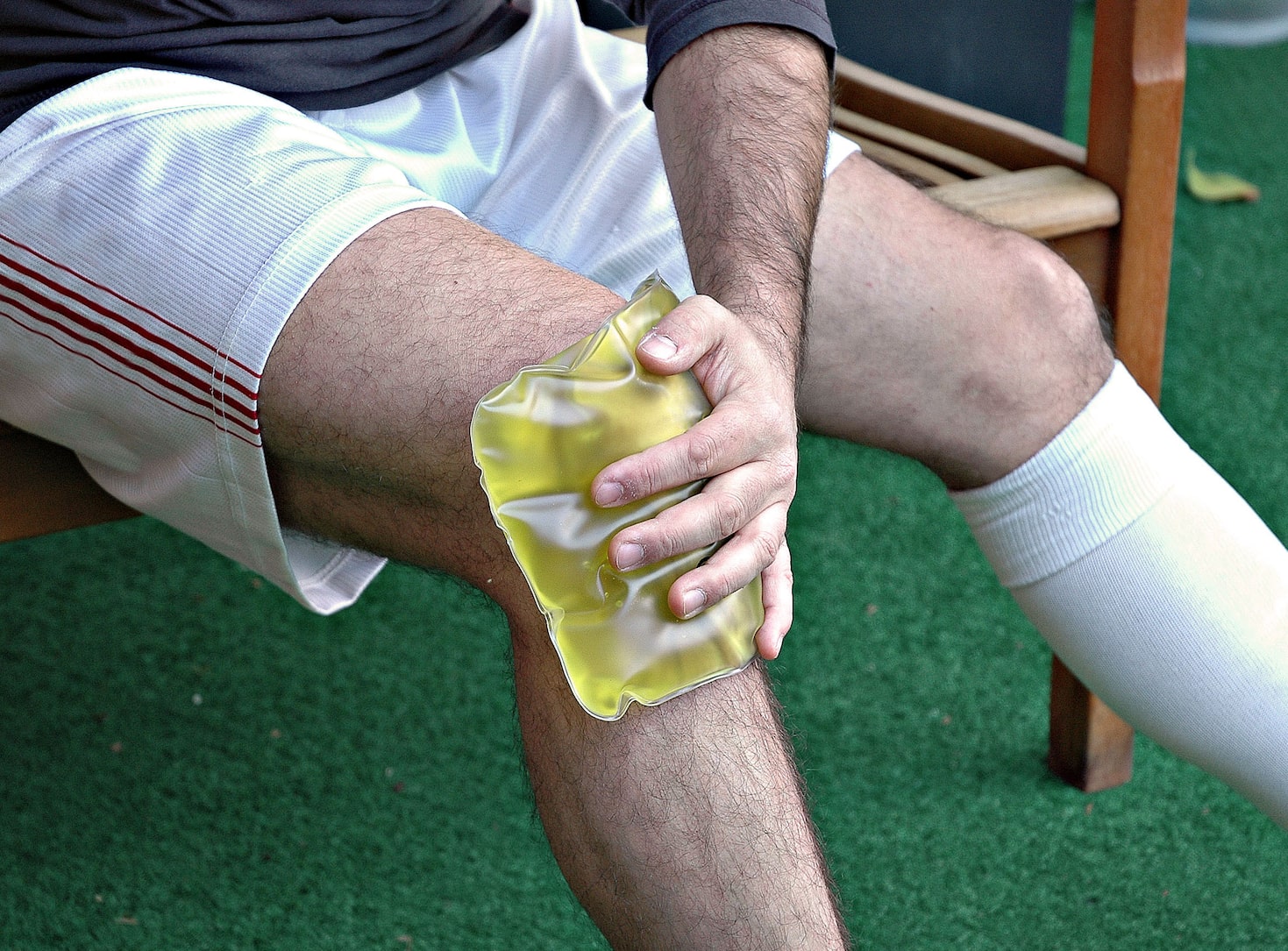
3. Return-to-Play Guidelines
1. The return to play process should be individualized and based on the specific injury, player's recovery progress, and medical advice.
2. It is important to gradually increase activity levels, starting with low impact exercises and progressing to full training sessions, in order to minimize the risk of re-injury.
4. Mental Health Support
Soccer players often face immense pressure, both physically and mentally. It is crucial to provide them with comprehensive mental health support to ensure their overall well-being. This can include regular check-ins with a sports psychologist, promoting open communication within the team, and creating a supportive environment where athletes feel comfortable seeking help when needed.
Alternatively:
Supporting the mental health of soccer players is just as important as addressing their physical injuries. Encouraging open dialogue, offering access to professional counselling services, and fostering a positive team culture can greatly contribute to the overall well-being of athletes in this demanding sport.
5. Gradual Return to Training
During the gradual return to training after an injury, it is important to focus on low-impact exercises that help regain strength and flexibility. This includes activities such as swimming, cycling, and light stretching. Additionally, implementing a personalized rehabilitation plan can aid in preventing future injuries.
To ensure a successful transition back into full training, athletes should gradually increase the intensity and duration of their workouts over time. It is crucial to listen to one's body and consult with medical professionals throughout the process for optimal results.


Improve Your GameJust 1.99 p/m
Exclusive drills and sessions, get involved today!
- 100’s of Drills
- Coach to Camera Videos
- Sessions from Pro’s
- Industry Leading Advice
Conclusion
Preventing injuries is crucial in soccer to ensure the safety and longevity of players. Adopting proper warm-up and stretching routines can significantly reduce the risk of injuries during games or training sessions. Coaches and professionals play a vital role in managing player injuries by providing expert guidance, implementing injury prevention strategies, and facilitating rehabilitation programs. By prioritizing injury prevention, incorporating effective warm-up techniques, and utilizing knowledgeable support systems, coaches and professionals can create a safer environment for players to thrive in soccer.
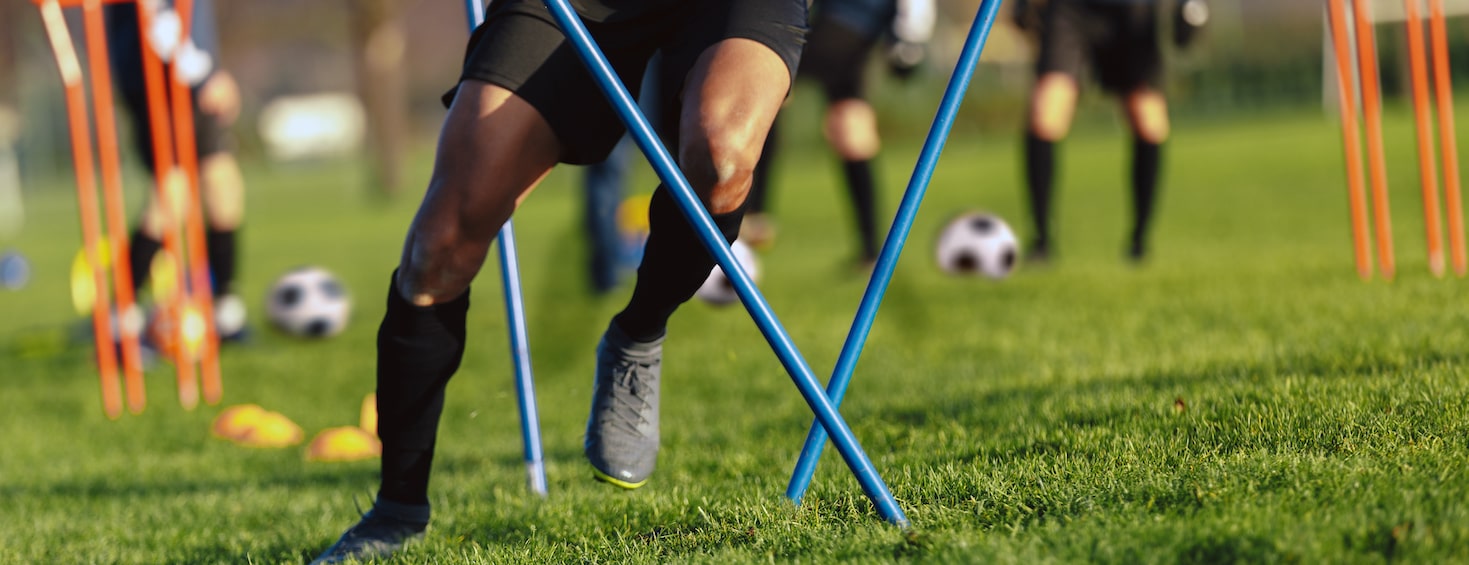
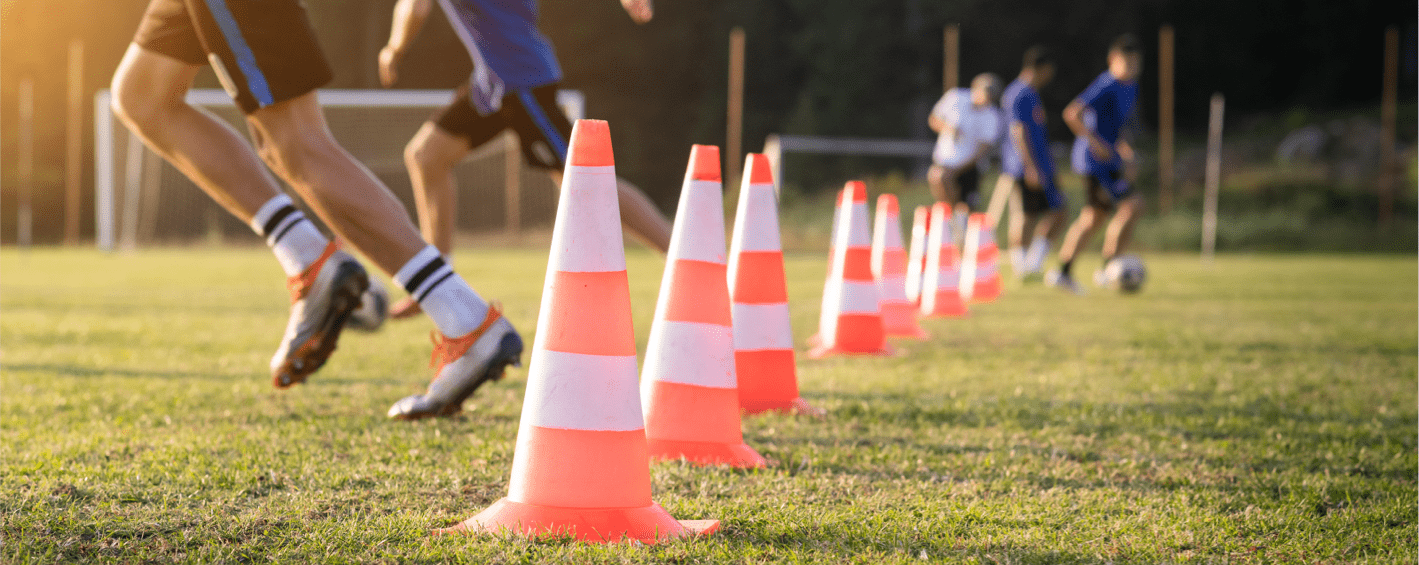
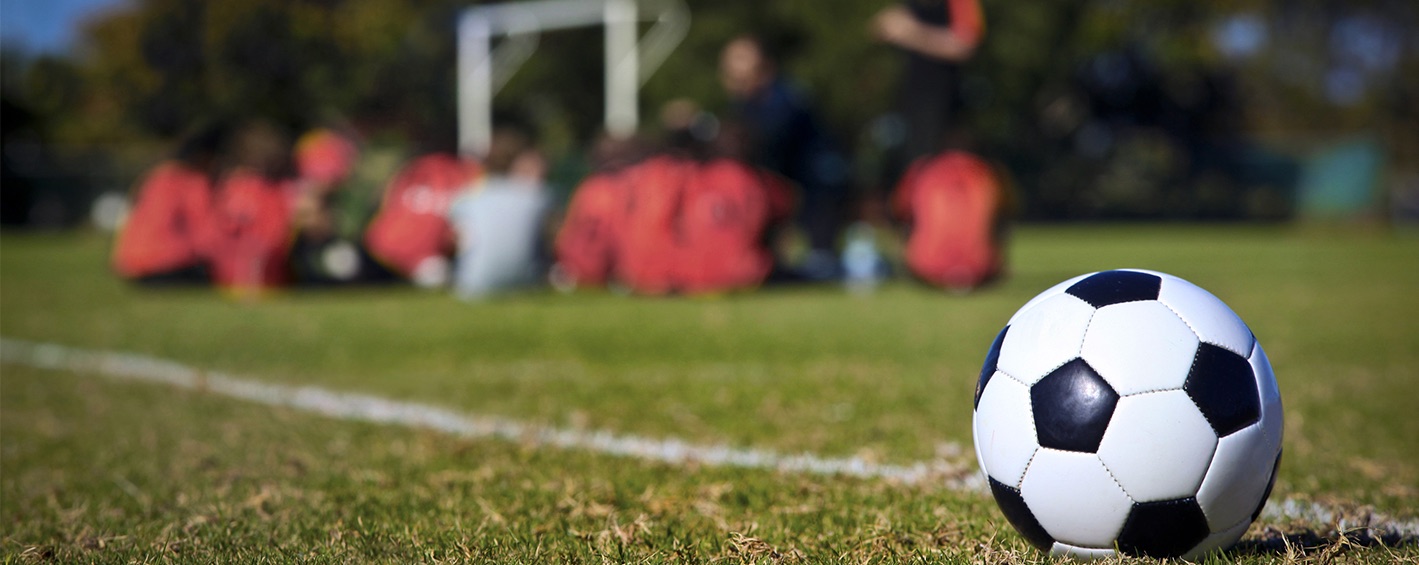
Cupello
UEFA B Coach, FA Level 3, FA Youth Modules 1, 2 and 3, Coerver Youth Diploma, SPAIN: Catalan Football Federation Smart Football, USA: United Soccer Coaches diploma. Sports journalist for the Sunday Mirror published author of several volumes of coaching books & international lecturer on soccer.